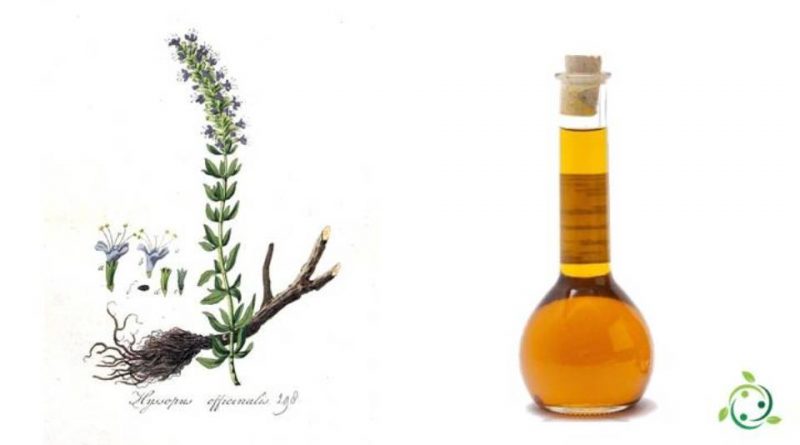Pinocamphene
Pinocamphene
The term pinocanfone, also known as pinocamphene, refers to a group of chemical compounds, of natural origin, found in particular in Hyssop oil (Hyssopus officinalis L.).
From the chemical point of view this group of organic molecules are bicyclic monoterpenes that contain a ketone group.
Pinocanfone, together with similar molecules, is present up to 70% in Hyssop oil.
In detail, we have:
– from 7 to 25% in 1-pinocanfone;
– from 16 to 22% in isopinocanfone;
– from 10 to 23% of pinocarvone;
– 7 to 11% of pinene.
However, the essential oil of Hyssop is neurotoxic, with epileptogenic activity, which is why even small quantities (2 or 3 drops) can cause severe intoxication.
Its intake by mouth should therefore be absolutely avoided.
Pinocanfone and isopinocanfone, in particular, are believed to be responsible for the toxic effects of hyssop oil.
These compounds are also present in other natural products such as laudanum. Furthermore, since pinocanfone is carcinogenic, in some countries, such as the United States, the use of hyssop oil as a fragrance is prohibited.
Pinocanfone was obtained synthetically, for the first time, in 1892 by Otto Wallach. He obtained this molecule by reducing nitrous pine, in the presence of zinc, in a solution of acetic acid, and confirmed in 1908 by Schimmel.
Furthermore, pinocanfone can also be obtained by thermolysis of α-pinene epoxide in isopropyl alcohol in the absence of water.
Warning: The information shown is not medical advice and may not be accurate. The contents are for illustrative purposes only and do not replace medical advice.

